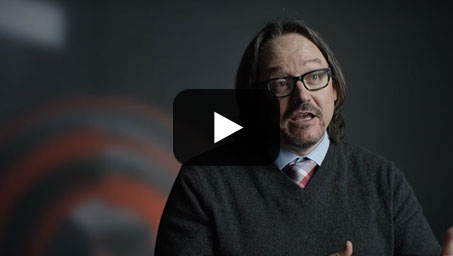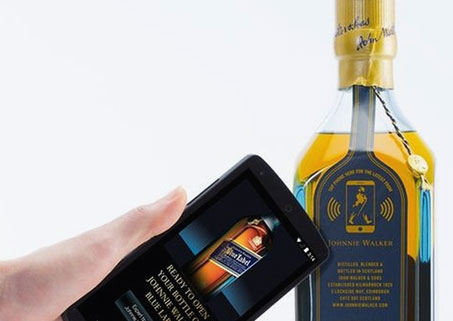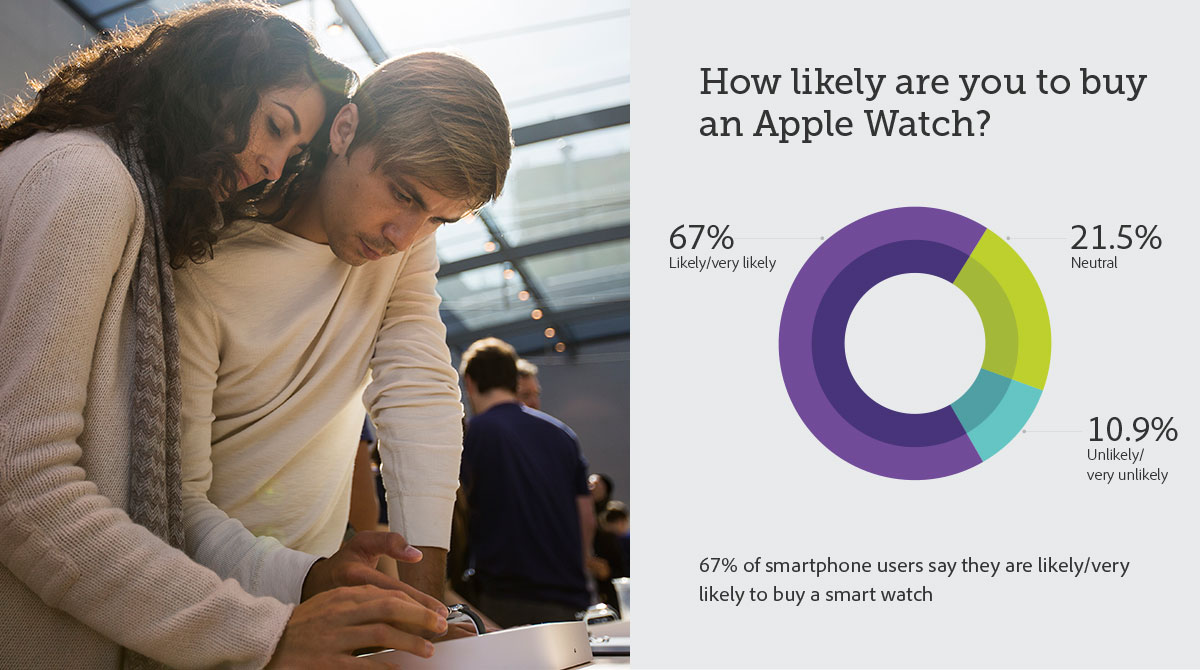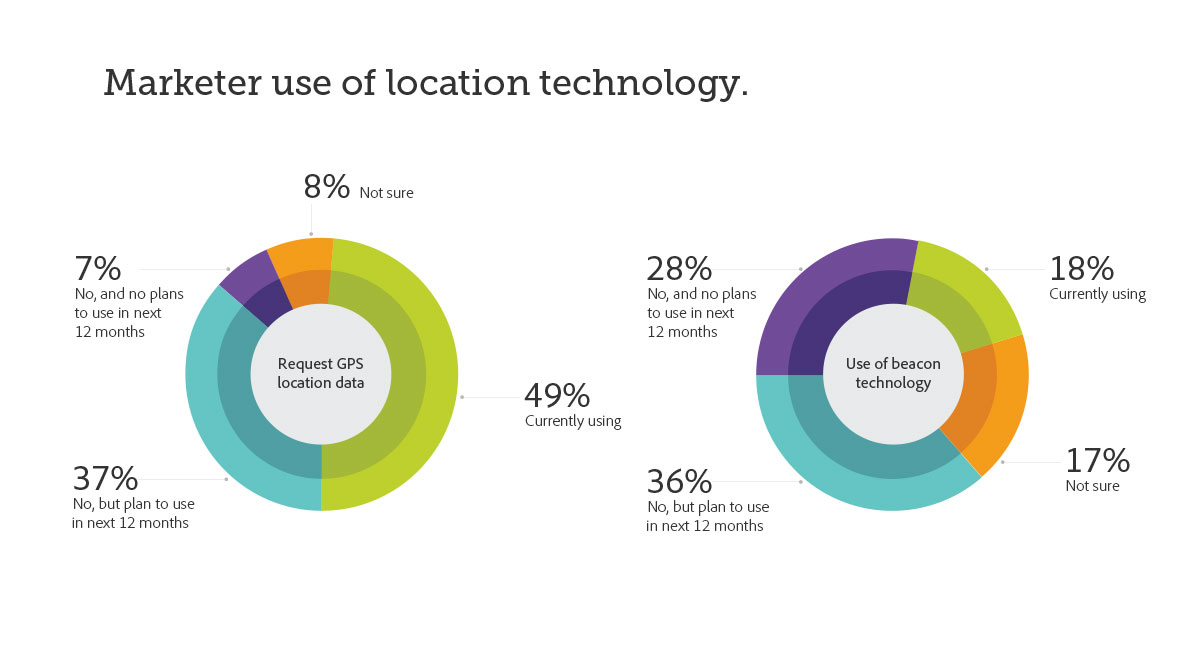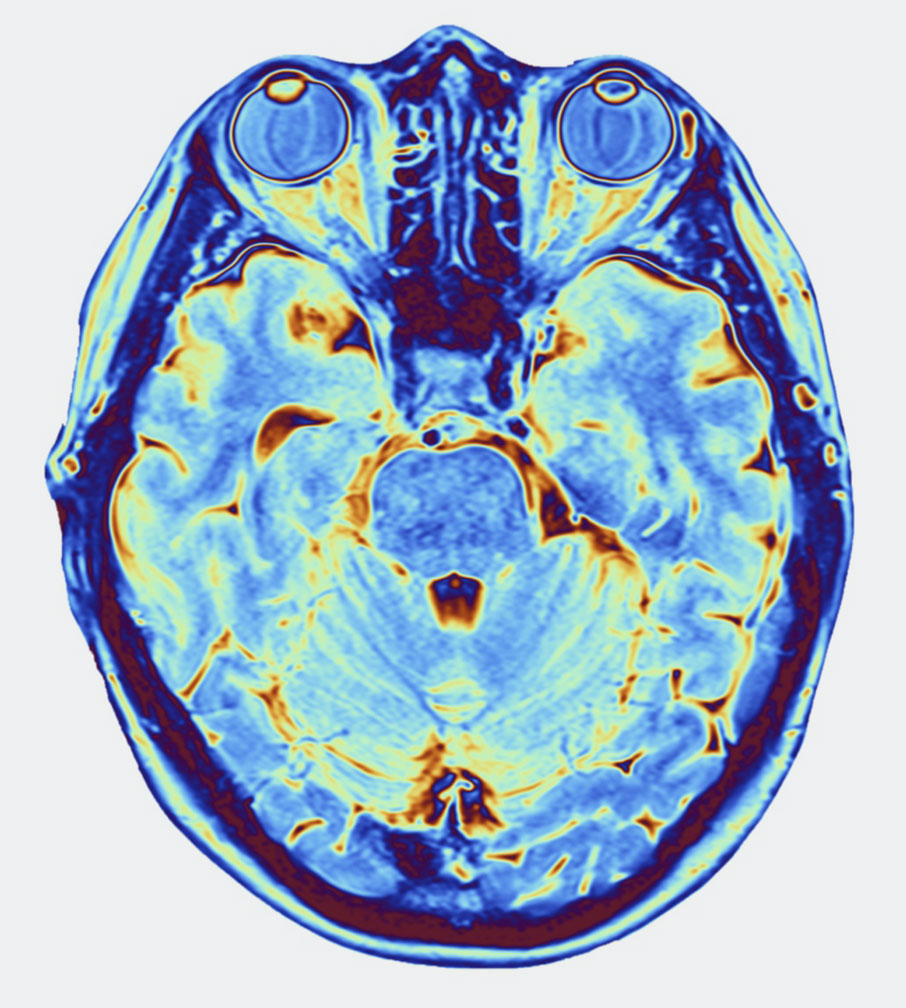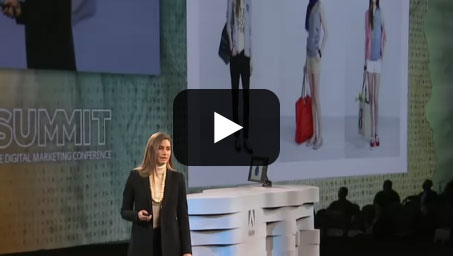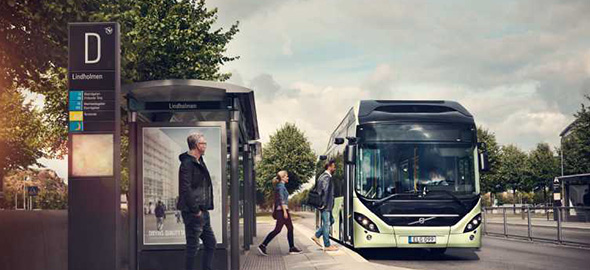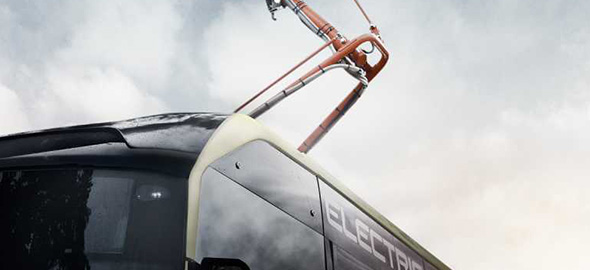Any sufficiently advanced technology is indistinguishable from magic.”
—Arthur C. Clark, science fiction authorImagine a world where everything is connected and anything can be known. Where clothing gathers customer data, refrigerators do the shopping and companies tap into consumers’ subconscious thoughts.
This is the future of marketing. And it’s already happening.
While it may sound like a future controlled by machines and corporations, it’s actually quite the opposite. It’s a world where consumers reign supreme. And in this not-so-distant future where everything that can be connected will be connected, consumer power will keep growing exponentially, at the same speed and velocity of technology itself.
Already equipped with the ability to instantly know virtually anything about products and companies, today’s empowered consumers make decisions about which brands deserve their trust on a moment-by-moment basis. Whether they’re browsing product reviews on their phones, playing with a digital mirror in a traditional retail store, or receiving near-clairvoyant messages directly to their wrists, customers expect ultra-personal and truly authentic connections with brands.
New technology makes it possible to deliver on these expectations like never before. But using it to its fullest potential requires a sharp focus on cross-department collaboration, rapid cycles of experimentation and optimization, initiatives that are connected to your brand’s purpose and experiences designed around a sincere commitment to customers. Bring it all together, and the result is nothing short of magical — evoking wide-eyed wonder and spellbinding loyalty from customers.
This era of marketing magic is not an illusion. Here’s how brands are breaking free of traditional marketing boundaries to connect with customers everywhere they are — even in the innermost realms of their minds and hearts.




